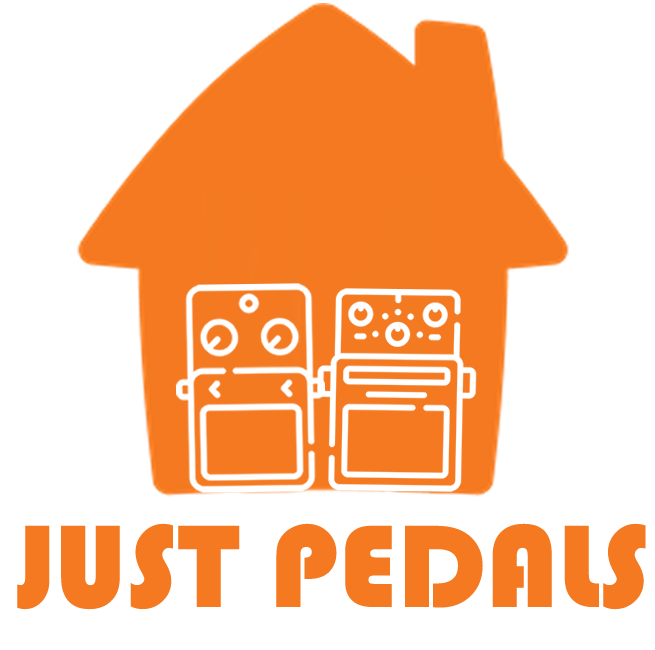Just Expression Guitar Effect Pedal Videos – Boss Slicer SL-2 Tone Sample w/ Expression Pedal #guitar #pedals #slicer #boss #effect #shorts
Expression Video – Boss Slicer SL-2 Tone Sample w/ Expression Pedal #guitar #pedals #slicer #boss #effect #shorts
TC Electronic DITTO LOOPER Highly Intuitive Looper Pedal with 5 Minutes of Looping Time, Analog-Dry-Through and True Bypass, Compatible with PC and Mac
£74.57 £77.52
Created by guitarists, for guitarists, the DITTO LOOPER provides essential looping features in a compact, user-friendly design With a simple one-knob interface, DITTO LOOPER makes looping easy-record, undo/redo, stop, and erase with intuitive foot co… read more
Valeton Guitar Pedal Multi-Effects Processor with Expression Pedal Guitar Bass Amp Modeling IR Cabinets Simulation Multi Language Stereo OTG USB Audio Interface GP-100
£108.99
140 Built-in Guitar/Bass/Acoustic Effects with 45 Legendary Amp Models and 40 carefully selected IR Cabinet Simulations, 24-bit 44.1kHz Signal Processing 100 Built-in Drum Rhythms and 90 Seconds Looper, 198 Presets, Adjustable Signal Chain with Maxim… read more
SHEERAN LOOPER + Dual Track Pedal for Guitar, Bass, Keyboard, Vocals and More, with 128 Loops Storage, 4 Looping Modes, LED Screen and Audio Interface
£274.99 £259.00
Next–Gen Dual-Track Looper Pedal – The ultimate plug-and-play looper with full-color display, RGB loop status ring, professional quality 32-bit audio and custom DSP by HeadRush to shape your sound 4 Looper Modes – Intuitive SHEERAN LOOPER workflow de… read more
Donner Triple Looper Pedal, Loop Effect Pedal with Screen, 3 Loops 30 mins Looping Time, Loop Station Unlimited Overdubs Undo/Redo True Bypass
£63.21
[Looper with Screen] The bright screen shows the current loop mode, time progress and accurate timing, so just focus on playing! [3 saving slots] Donner Triple Looper has 3 slots for saving loop tracks and each can store up to 30 mins. [One Knob to R… read more
Behringer ULTRA TREMOLO UT300 Classic Tremolo Effects Pedal, Orange
£24.36 £16.63
Get the classic, warm and mind-bending tremolo effects of vintage '60s amps This behringer product has been designed to compete head to head with leading products on the market Dedicated rate, wave and depth controls for awesome sound shaping Blue st… read more
FLAMMA FC11 Auto Wah Pedal Envelope Filter Guitar Effects Pedal True Bypass for Guitar and Bass
£25.99
Envelope filter/dynamic auto wah pedal in pocket size. Suitable for guitar and bass. Pure analog circuit provides a lush warm sound. Bright color and durable metal shell. Power Supply is NOT Included.















